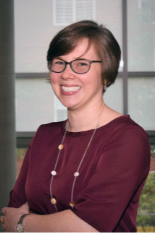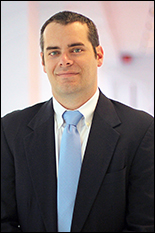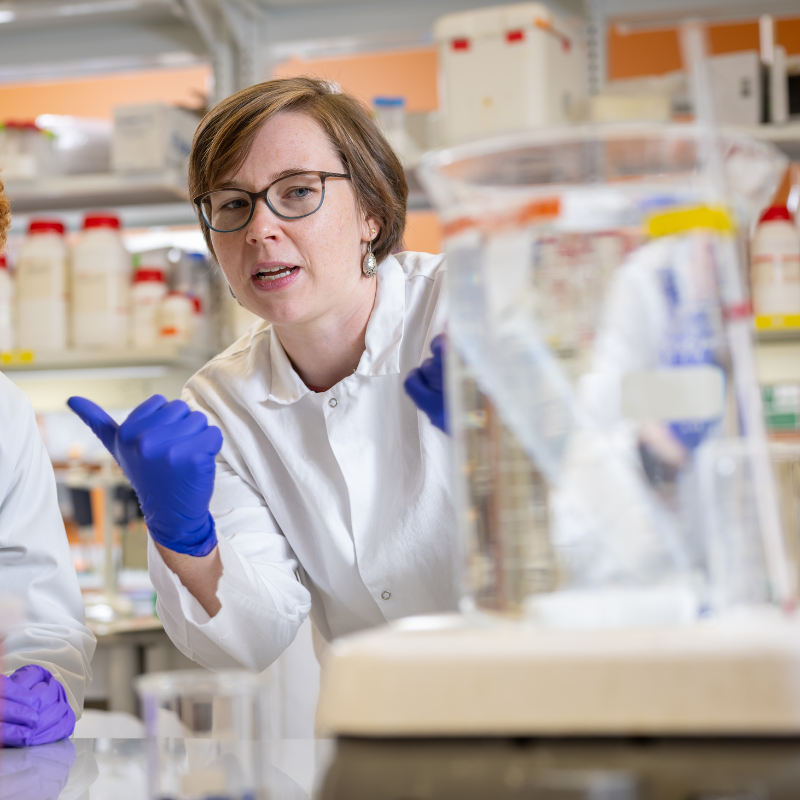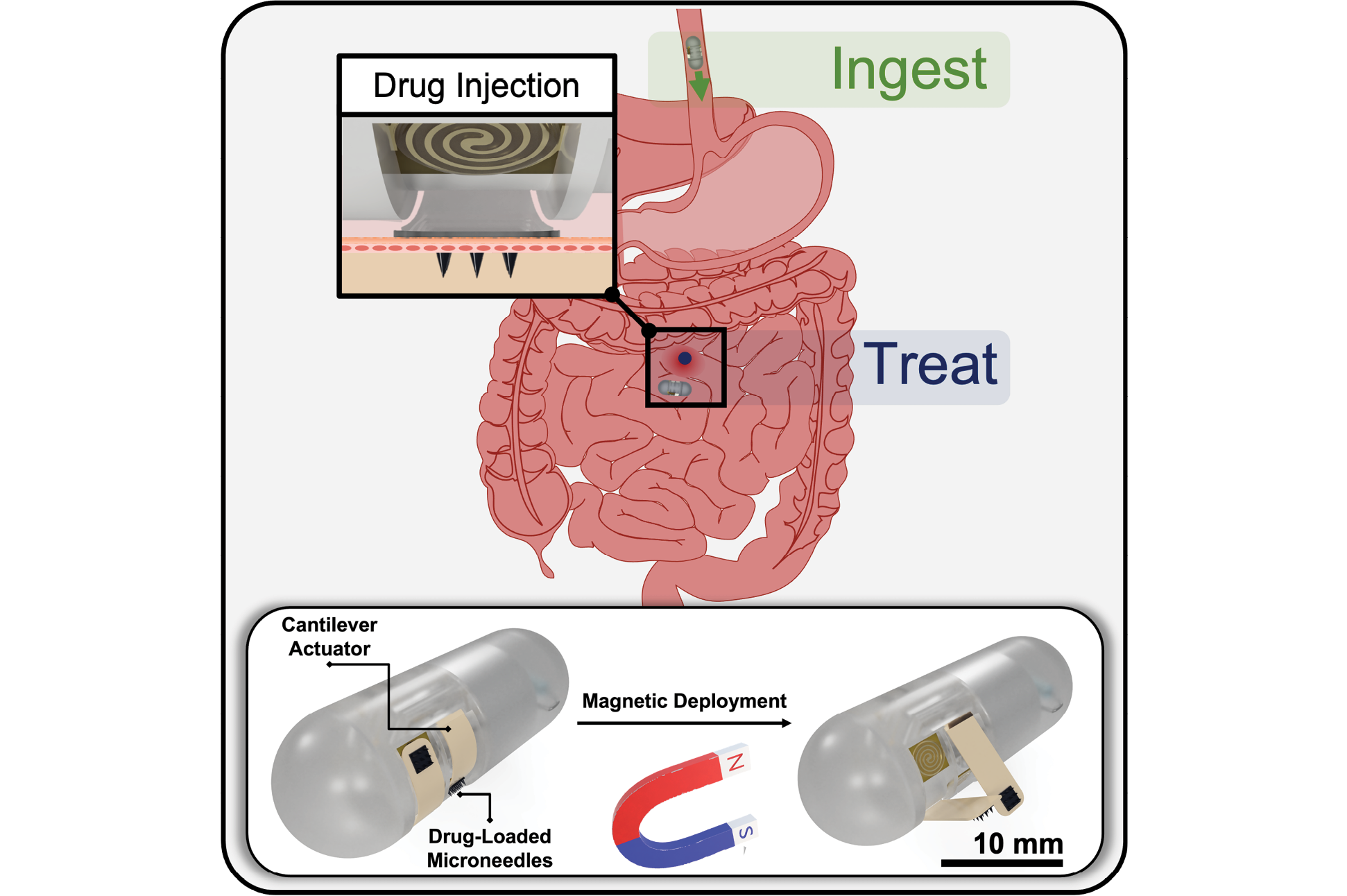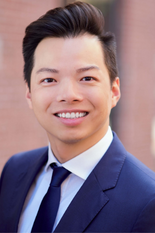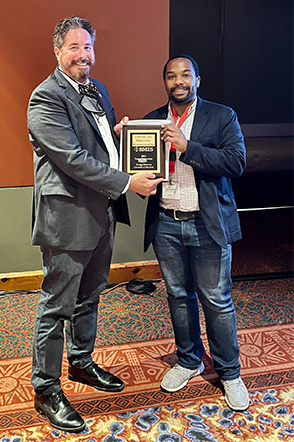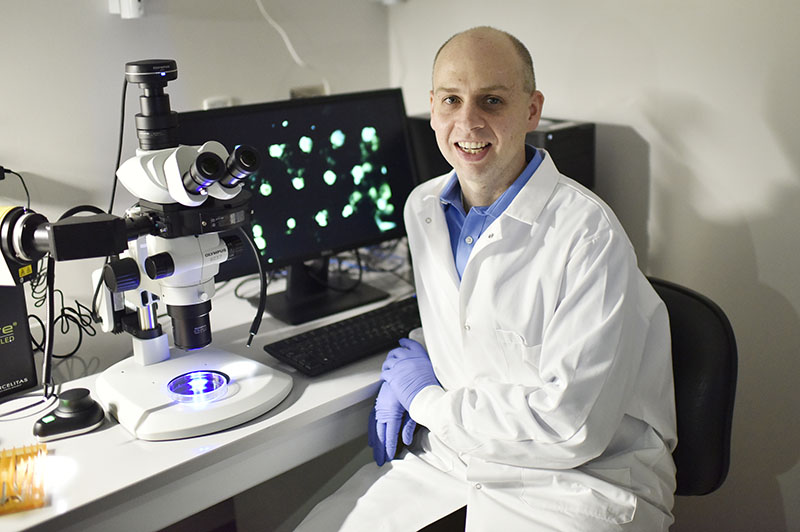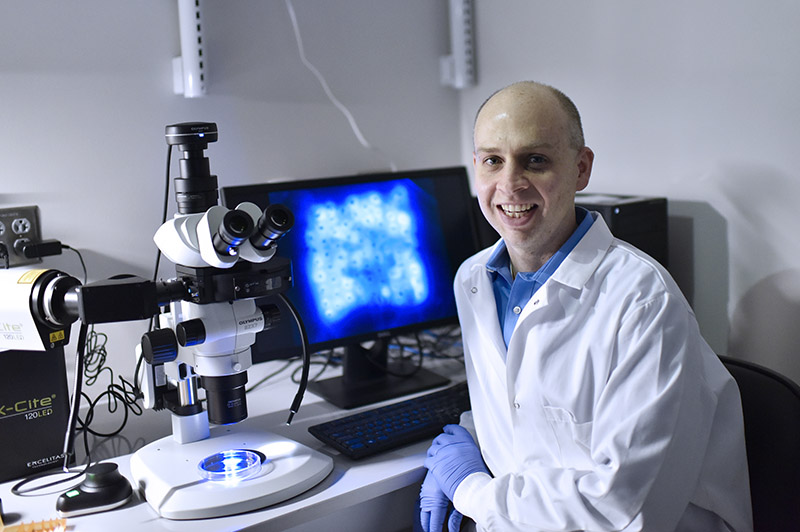News Story
Jay Awarded $2 Million NIH R01 Grant for Biotherapeutic Approach to Healing Chronic Wounds
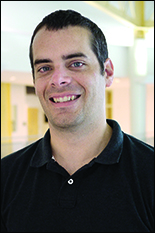
Dr. Steven Jay
According to the U.S. Centers for Disease Control and Prevention, chronic wounds – injuries that fail to heal after six weeks – affect as many as 5.7 million American adults and cost an estimated $20 billion each year.
Doctors have long known of a number of contributing factors such as trauma, infection, and malnutrition, but the basic biology underlying non-healing wounds – and how to treat them – is still poorly understood.
Recognizing this, Fischell Department of Bioengineering (BIOE) Assistant Professor Steven Jay is working with researchers from his Biotherapeutic Development and Delivery Laboratory as well as with Dr. John Harmon, professor of surgery at The Johns Hopkins University School of Medicine, to develop a new approach to treat non-healing wounds using cell-derived structures known as exosomes. Last week, Jay was named the recipient of a five-year, $1.92 million National Institutes of Health (NIH) Research Project Grant (R01) for his work on the project.
Exosomes are a type of small extracellular vesicle – ubiquitous, biologically-generated structures that naturally transfer nucleic acids between cells. Decades ago, researchers believed that exosomes did little more than offload cellular waste. Today, however, exosomes are better understood as "messengers" that carry out a range of important cellular functions such as the transfer of DNA, RNA, and proteins to other cells, where they are capable of altering the cell’s function. Because of their role in cell-cell communication, exosomes are attractive therapeutic candidates. After all, exosomes are already capable of delivering functional biological cargo to cells – a task that has proven quite challenging to achieve using synthetic systems.
More pertinent to the treatment of non-healing wounds is the role that exosomes can play in mediating a process known as angiogenesis, through which the body creates new blood vessels from preexisting vessels. Angiogenesis is vital to tissue formation and wound healing; a healthy body controls this process using several "on" and "off" switches that either stimulate or inhibit blood vessel formation.
Emerging evidence from numerous research groups around the world shows that exosomes play a crucial role in regulating angiogenesis, with much of the current literature focused on identifying proteins and microRNAs (miRNAs) that contribute to exosome-mediated effects. Jay’s research group has contributed to this body of work with a recent publication in Scientific Reports, identifying a critical regulatory role for specific members of a different class of molecules, long non-coding RNAs (lncRNAs).
Unfortunately, exosomes have a number of shortcomings as potential therapeutic vectors, in particular, they have potentially low potency due to the fact that they contain low amounts of nucleic acid cargo – such as lncRNAs and microRNAs – that are critical to defining their bioactivity.
To overcome this limitation, Jay and his team have developed a novel technique to exert control over exosomes derived from endothelial cells – cells that line the interior surface of blood vessels. This approach involves conditioning endothelial cells by exposure to non-toxic concentrations of ethanol, a relatively cheap and readily available chemical compound. This conditioning has the effect of enhancing the expression of specific lncRNAs that promote angiogenesis while diminishing the levels of certain miRNAs that work to reduce angiogenesis. Thus, the overall effect yields production of exosomes with significantly enhanced angiogenic potential that Jay and his team believe could be therapeutically beneficial for wound repair.
"Current advanced wound-healing approaches encompass cell-based and molecular therapies, among others," Jay said. "Exosomes combine some of the best characteristics of both of these by retaining the ability to stimulate multiple cell signaling pathways with a variety of classes of molecules while also being able to be taken up by recipient cells. They also pose fewer safety concerns compared with cell therapies. Overall, these characteristics make exosomes very exciting as a possible next-generation class of therapeutics."
Moving forward, Jay and his team will explore how additional exosome production parameters can be integrated with ethanol conditioning to produce highly potent exosomes for wound repair.
Earlier this month, Jay was awarded a $522,000 National Science Foundation (NSF) Faculty Early Career Development (CAREER) award for his efforts to develop enhanced biomanufacturing approaches for exosomes, and he hopes these projects can be synergistic towards the creation of novel wound healing approaches that could benefit millions of patients worldwide.
Along with Jay and Harmon, former BIOE research assistant professor Tek Lamichhane, and BIOE graduate students Divya Patel, Anjana Jeyaram, and Louis Born have contributed to this project.
Published March 26, 2018
